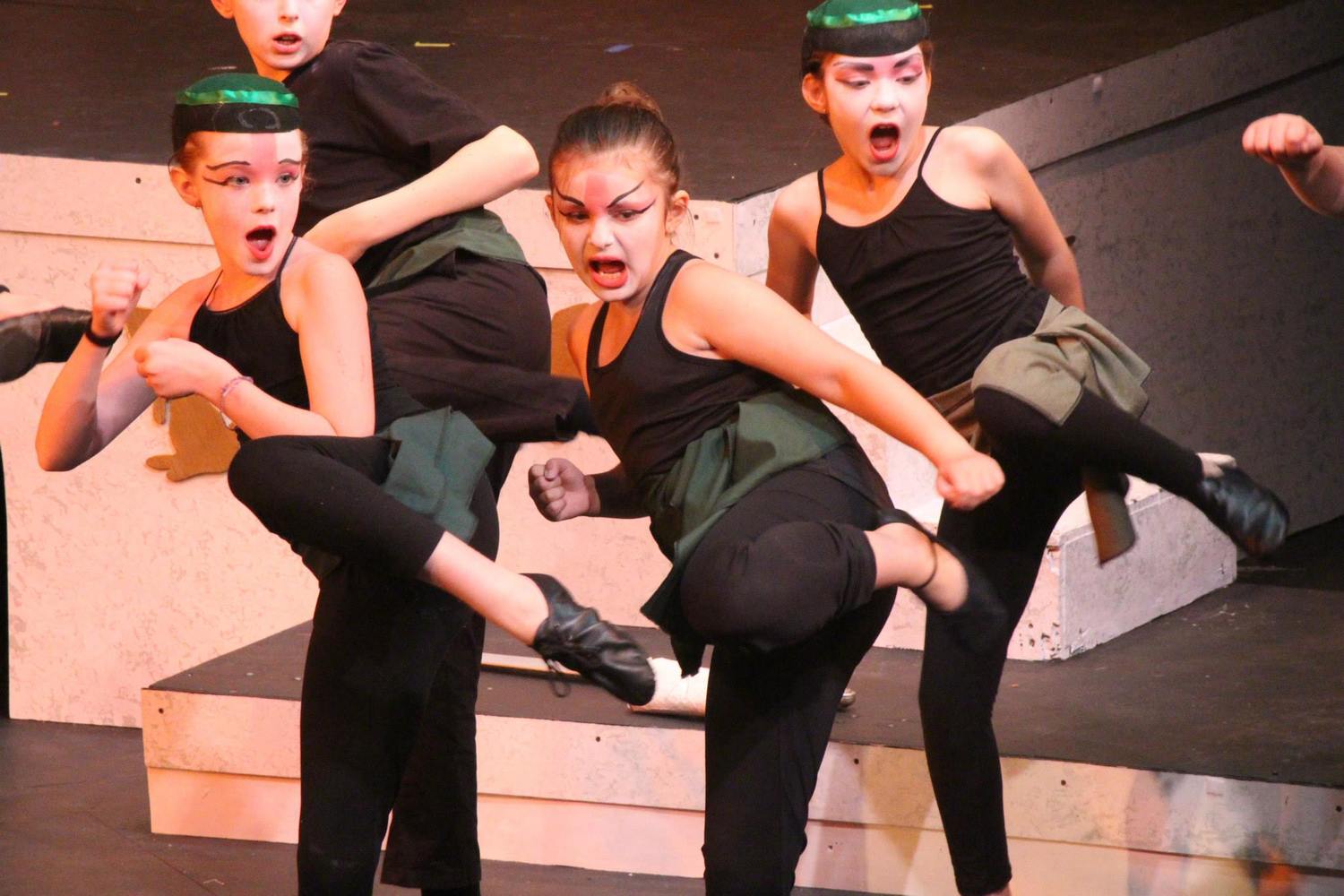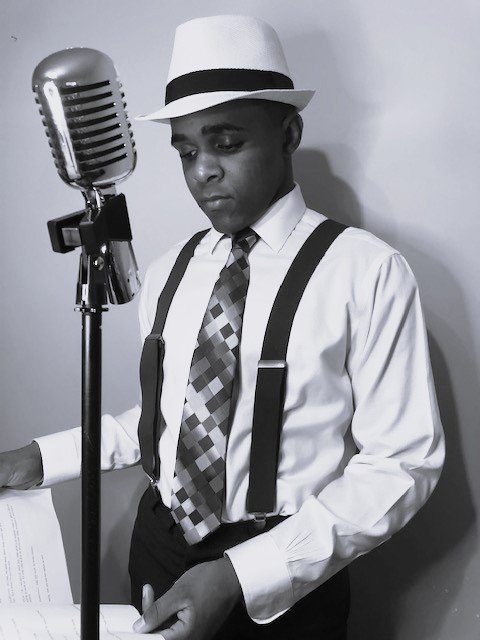Disney’s Mulan Jr.
Music and lyrics by Matthew Wilder, David Zippel, Stephen Schwartz, Jeanine Tesori, Alexa Junge, and Bryan Louiselle;
Book adaptation by Patricia Cotter
Photo Credit: Steve BarnettA story of personal resonation.
Mulan Jr. is a story that resonated with me personally. My daughter is adopted Chinese, and I have always considered her to be my very own present-day Mulan.
When I was asked to direct this show at Tacoma Musical Playhouse, it gave me the opportunity to revisit Chinese culture by delving into the research of the Tang Dynasty and the real Mulan, who lived during the 6th century. This teenage girl ran away in order to save her own father from going back to war. She was at war for 12 years, ages 16-28, fighting alongside her male counterparts, remaining completely undetected, and returning home a decorated general and a hero. She stands as one of China’s first female feminists and remains an important and revered figure in Chinese history.
“I didn’t want this production to be a clone of the popular animated Disney film but rather an account that attempted to capture the truth, epic nature, and unbelievable journey of a courageous young woman. ”
To me, puppetry was a way to infuse an ethereal quality to the characters of the Ancestors. This meant that Mushu also needed to be a puppet since he/she is the “otherworldly” go-between the Ancestors and Mulan.

A touch of Beijing Opera Makeup.
I decided to employ Beijing Opera makeup to give a unified and authentic look. This, along with a pared-down costume design, kept the focus on the story with a modern and dramatic visual appeal.
We also filled the choreography with Tai Chi, acrobatics, and indigenous theatrical Chinese movement that became a nod to the athletic and energetic style of storytelling that is Beijing Opera.
This group of 40 cast members, aged 8-11, surprised all of us with their dedication, talent, and determination.



















































